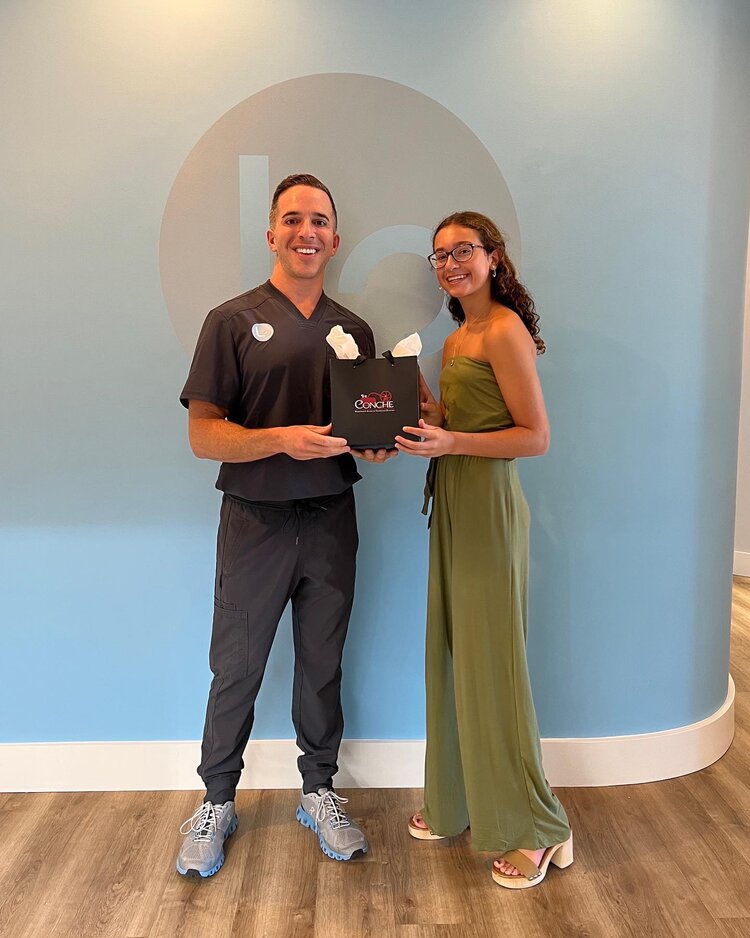Legacy Orthodontics for Dummies
Table of ContentsGet This Report on Legacy OrthodonticsThe smart Trick of Legacy Orthodontics That Nobody is Talking AboutThe 7-Minute Rule for Legacy OrthodonticsThe Facts About Legacy Orthodontics Uncovered3 Simple Techniques For Legacy Orthodontics
In addition, we supply flexible therapy timetables, flexible settlement alternatives and an enjoyable, satisfying experience.An orthodontist is a dental practitioner educated to identify, avoid, and deal with teeth and jaw abnormalities. They remedy existing problems and are trained to recognize troubles that may develop in the future. Orthodontists deal with individuals of all ages, from children to grownups. Individuals usually link a perfect smile with health.
Malocclusion, or misaligned teeth, can result in dental concerns, consisting of dental caries, gum tissue disease, and tough or excruciating eating. But not every person is birthed with straight teeth. If you have a bad bite or large spaces between your teeth, you may desire to speak with a dental practitioner focusing on orthodontic care.
What Does Legacy Orthodontics Do?
( Picture Credit: DigitalVision/Getty Images) Orthodontists utilize fixed and removable dental tools, like braces, retainers, and bands, to transform the setting of teeth in your mouth. Orthodontic therapy is for dental abnormalities, including: Jagged teethBite issues, like an overbite or an underbiteCrowded teeth or teeth that are too far apartJaw misalignmentThe goal of orthodontic therapy is to boost your bite.
A healthy bite guarantees you can eat, chew, and talk appropriately. While you may consider orthodontists as mainly for youngsters or teens that require braces, they can fix oral troubles at any kind of age. Orthodontists participate in college, oral school, and orthodontic college. After graduation, they invest 2 or 3 years in an orthodontic residency program.
All orthodontists are dental practitioners, yet not all dental experts are orthodontists. Orthodontic residency programs supply intensive, concentrated direction for oral professionals. They concentrate on two locations: Just how to properly and safely relocate teeth Just how to properly lead development in the teeth, jaw, and faceOnce an orthodontist has finished training, they have the alternative to come to be board licensed.
All about Legacy Orthodontics
Imbalance, or malocclusion, is the most common reason individuals see an orthodontist. It is hereditary and is the outcome of dimension differences between the upper and reduced jaw or between the jaw and teeth. Malocclusion results in tooth congestion, an irregular jaw, or uneven bite patterns. Malocclusion is typically treated with: Your orthodontist affixes steel, ceramic, or plastic square bonds to your teeth.
Some people need a headgear to assist relocate teeth right into line with stress from outside the mouth. A retainer is a personalized tool that keeps your teeth in area.
They're frequently utilized on kids. They can develop additional room in the mouth without having to draw teeth. If you have a severe underbite or overbite, you may need orthognathic surgical treatment (additionally called orthodontic surgical treatment) to lengthen or reduce your jaw. Orthodontists utilize cords, medical screws, or plates to support your jaw bone.
You might need to see an orthodontist if you have: Crowding or otherwise enough room for every one of your teethOverbite, when your upper teeth come over your base teethUnderbite, when your bottom teeth are also far forwardSpacing or concerns with gapsCrossbite, which is when your upper teeth fit behind your bottom teeth when your mouth is closedOpen bite or an upright gap in between your front bottom and upper teethMisplaced midline, when the center of your bottom and upper teeth don't align Dealing with an oral malocclusion can: Make attacking, eating, and talking easierImprove the balance of our face and your general appearanceEase discomfort from temporomandibular joint problemsSeparate your teeth and make them easier to clean, assisting prevent dental cavity or dental caries It's usually a dental expert that initially notices misaligned teeth during a routine examination.
5 Simple Techniques For Legacy Orthodontics

Throughout your first orthodontic assessment, you'll likely have: An oral examPhotos taken of your face and smileDental X-raysPanoramic (360 degree) X-rays of your face and headImpressions to develop mold and mildews of your teethThese tests will aid your orthodontist know how to continue with your treatment. orthodontics. An orthodontist is a dental practitioner that's had training to treat your teeth and jaw
An orthodontist is focused on your bite, so something like a cracked tooth would be handled by a dental professional. Orthodontists are concentrated on your bite, or the method your teeth fit together, and the straightness of your teeth.
Ever before questioned how stars always seem to have completely straightened teeth? Orthodontists are oral professionals who focus on remedying irregularities in the teeth and jaws.
The smart Trick of Legacy Orthodontics That Nobody is Talking About

While dental braces are the most typically recognized orthodontic treatment, orthodontists have a diverse toolkit at their disposal. The particular method selected relies on the extent of the instance, the patient's age, and specific choices. These tried-and-true dental braces make websites use of a system of brackets bonded to the teeth and attached by wires.
Clear aligners, like Invisalign, are a prominent alternative for patients seeking a much more discreet therapy alternative. These removable trays are tailor-made to gradually change the teeth's placement. Headwear might be utilized combined with braces or aligners to use extra targeted forces, especially for fixing jaw inconsistencies. In situations of narrow jaws, palatal expanders can be utilized to create space for appropriate tooth placement.